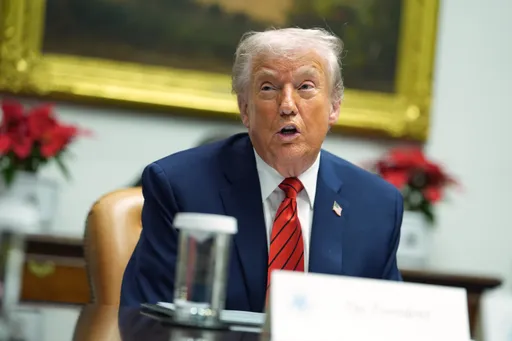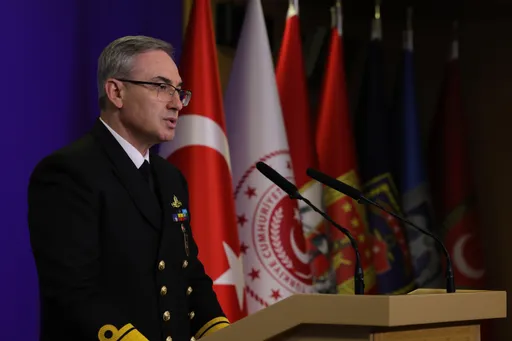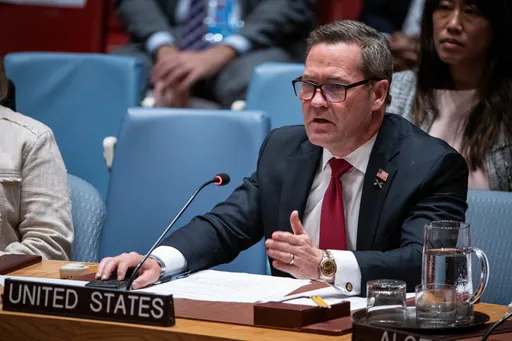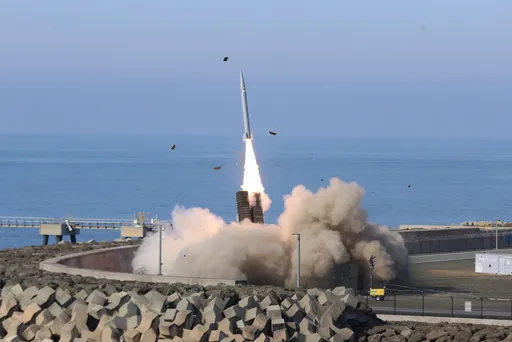The Ukraine conflict has suddenly brought to the attention of global audiences the many thorny regional disputes within and between the countries of Eastern Europe, from the runaway pro-Russian region of Transnistria in Moldova, to the Crimean Peninsula in the Black Sea, and Kaliningrad, a Russian enclave in the Baltics with no land connection with Russia.
The Suwalki Gap or corridor, which is located between Poland and Lithuania and designates the borderline between the two NATO countries, is one of those potential conflict areas, because this “tiny stretch of countryside” also separates Kaliningrad with Belarus, a pro-Russian state.
In the summer of 2022, Lithuania and the EU imposed travel restrictions on Russian vehicles, preventing their move across the Suwalki Gap as part of Western sanctions against Moscow over its attack on Kiev.
The region’s importance has recently resurfaced after Polish Prime Minister Mateusz Morawiecki announced that the situation in the Suwalki Gap “is becoming even more dangerous”, as the Wagner PMC (Private Military Company), an unpredictable Russian mercenary group, has, of late, allegedly begun operating across the strategic corridor.
“We have information that more than 100 mercenaries of the Wagner Group have moved towards the Suwalki Gap near Grodno in Belarus," said Morawiecki, who believed that Wagner troops, disguised as Belarusian border guards or migrants — could enter Polish territory, to “destabilise” the NATO state, creating “additional risks”.
Wagner’s June mutiny, which has raised eyebrows both in Western capitals and in the Kremlin, has shown that the mercenary group could resort to vicious tactics to realise its enigmatic political and military agenda, apparently backed by some influential nationalist Russian elites. A significant number of Wagner fighters were relocated to Belarus after a deal between the Kremlin and the mercenary group to end the mutiny.
Experts believe that the group uses its global operations, in several African countries like Niger, Mali, Central African Republic and Burkina Faso, to Syria and Ukraine, as a bargaining chip against the Kremlin, claiming they are defending Russian geopolitical interests.
There are signs that the group might even have some hands in the recent Niger coup, which toppled a pro-Western democratically-elected government. Wagner chief Yevgeny Prigozhin praised the Niger coup, while the West African country’s new military leaders have shown an interest in enlisting the support of the mercenary group.
Just like in Niger, Wagner has a big potential to be a troublemaker in contested border areas like the Suwalki Gap, which is of crucial importance to Russian geopolitical interests in Eastern Europe, where the NATO expansion has long been of great concern for Moscow.
What is the Suwalki Gap?
The Suwalki Gap takes its name from an eponymous Polish town near the Polish-Lithuanian border, which was drawn in 1920 with the Suwalki Agreement, after both states re-established their independence following WWI.
Prior to the agreement, the Suwalki region was a disputed area between Poland and Lithuania, leading to a military confrontation between the two states in 1920. During the war, Poland captured the Suwalki region, which has a large Lithuanian population.
After the war, Polish forces also invaded Vilnius, the current capital of Lithuania, which, conversely, has a significant Polish population, through a false flag operation, despite having signed the Suwalki agreement. They retreated from Vilnius only in 1939 under pressure from the Soviet Union in the wake of WWII. Later, Lithuania became a part of the USSR.
While the boundaries designated by the agreement — which, interestingly, had no provision on the status of Vilnius — largely represent the current Polish-Lithuanian border, both of which became part of NATO with the dissolution of the USSR, tensions on the status of the Suwalki region between the two countries have “continued to reverberate till the present day”.
Despite the continuing ethnic tensions in the region, NATO membership appears to have helped both Lithuania and Poland talk to each other on the Suwalki dispute in a more congenial way. But the collapse of the Soviet Union left Russia with a dilemma, as Moscow lost its access to the area, disconnecting its strategic Kaliningrad port in the Baltics to mainland Russia.
As long as the Soviet Union existed, Kaliningrad, the only port in the Baltic Sea that is ice-free all year round — making it crucial for Russian trade and transportation interests — had a direct link with Moscow through the Suwalki region running across Lithuanian and Belarusian territories, which were then part of the communist federation. Poland was also part of the pro-Soviet Warsaw Pact during the Cold War.
But this favourable situation changed for Moscow with the end of the USSR, as Lithuania became an independent country joining NATO, and Poland, with the largest military in the region, also followed the same path as Vilnius.
All of a sudden, Russia faced a geopolitical breach, leaving its Kaliningrad enclave and important sea access isolated, due to the fact that Poland and Lithuania have control over the Suwalki Gap.
Why the Suwalki Gap matters
Even prior to the Ukraine conflict, the Suwalki Gap was an issue of concern between Russia and NATO, as some top Western military leaders voiced their concerns that Moscow might close the gap to reconnect its land route between Belarus and Kaliningrad.
"You get thousands of Russian troops in exercises on both ends of the Suwalki Gap, and now everybody’s in the field," said Lt. Gen. Ben Hodges, who commanded the US Army in Europe, in 2015.
Former Estonian President Toomas Hendrik Ilves has also expressed concern about Russian intentions. “It’s a huge vulnerability, because an invasion would cut off Lithuania, Latvia and Estonia from the rest of NATO,” he said, referring to a possible Russian takeover of the Suwalki Gap, which could disconnect NATO’s Baltic states from Poland, also dividing EU states.
With the Ukraine conflict, tensions over the Suwalki Gap have risen, after Poland claimed that Wagner mercenaries recently appeared near the critical, largely unpopulated corridor consisting of flat farmlands.
Ethnic tensions between Polish and Lithuanian populations in the Suwalki region could also be used by Moscow “to stir up local separatism”, similar to Transnistria and eastern Ukraine, leading some pro-Russian radicals to call “the region’s incorporation into Kaliningrad”, according to experts.
During the military operation in Ukraine, Russia reestablished a land bridge between Moscow and the Black Sea peninsula with the annexation of Crimea and parts of eastern Ukraine. Some believe the same thing could happen to Poland and Baltic states if Russia decides to move on the Suwalki Gap to reestablish a land bridge between Belarus and Kaliningrad.
In the 1990s, Russians sought to form a “communication corridor” between Goldap, a Polish border checkpoint, and Belarus’s Grodno, across the Suwalki Gap. Despite many diplomatic negotiations, Poland rejected the Russian proposal.
























